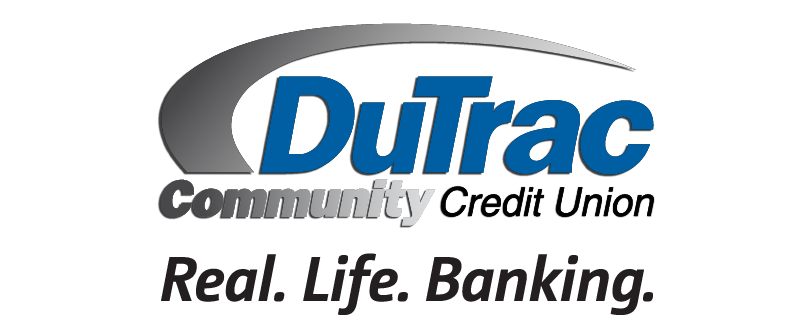- Keep all receipts and create notes to record payments without receipts.
- Keep an account book by expense categories. This way you will be able to see what areas you tend to overspend.
- Use envelopes for each category of expenses with an allocated amount of money for a set-time, like a month.
- Pay bills by check and keep running tallies of how much money is left for the allocation for each category. Be sure to stay within the allocated amount.
- Place sticky notes on credit cards with maximum amounts that can be charged per week or month. Subtract amounts of expenditures added to the card as you make purchases. Or purchase pre-paid credit cards.
- Use a certain balance in your checkbook as a red flag. If the balance drops below that particular amount you will know it as an alert to potential problems.
- Use a buddy for problems that you see as spending addictions. Establish a rule that the expense has to be verbally justified to the partner before the purchase. The buddy’s role to ask questions to bring a greater understanding of consequences or triggers of the expenditure.
- Use a calendar with large spaces to write both when pay is received and when expenses occur to determine a match or mismatch between income and expenses.
- Keep a log of “financial emergencies” for a few weeks to determine what they are, what triggers them, and then come up with ways to avoid them.
- Carry a small notepad in your purse, wallet or car to jot down spending.
